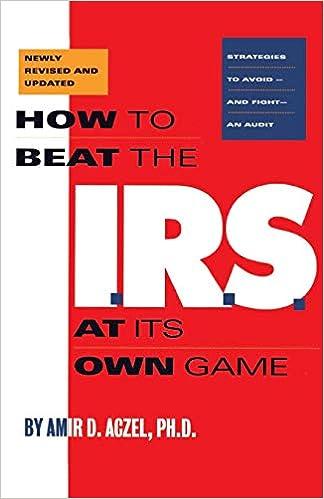2 Problem 10-14 Basic Variance Analysis (LO10-1, LO10-2, LO10-3) Becton Labs, Inc., produces various chemical compounds for industrial use. One compound, called Fludex, is prepared using an elaborate distilling process. The company has developed standard costs for one unit of Fludex, as follows: 10 points Standard Quantity or Hours 2.30 ounces 0.50 hours 0.50 hours Direct materials Direct labor Variable manufacturing overhead Total standard cost per unit Standard Price or Rate $26.00 per ounce $14.00 per hour $ 3.40 per hour Standard Cost $59.80 7.00 1.70 $68.50 Book Print References During November, the following activity was recorded related to the production of Fludex: a. Materials purchased, 12,500 ounces at a cost of $345,625, b. There was no beginning inventory of materials; however, at the end of the month, 2,800 ounces of material remained in ending inventory c. The company employs 21 lab technicians to work on the production of Fludex. During November, they each worked an average of 150 hours at an average pay rate of $12.00 per hour. d. Variable manufacturing overhead is assigned to Fludex on the basis of direct labor hours. Variable manufacturing overhead costs during November totaled $4,200. e. During November, the company produced 4,200 units of Fludex, 2 oints Required: 1. For direct materials: a. Compute the price and quantity variances. b. The materials were purchased from a new supplier who is anxious to enter into a long-term purchase contract. Would you recommend that the company sign the contract? 2. For direct labor: a. Compute the rate and efficiency variances. b. In the past, the 21 technicians employed in the production of Fludex consisted of 4 senior technicians and 17 assistants. During November, the company experimented with fewer senior technicians and more assistants in order to reduce labor costs. Would you recommend that the new labor mix be continued? 3. Compute the variable overhead rate and efficiency variances. eBook Print References Complete this question by entering your answers in the tabs below. Reg 3 Reg 2B Reg 1B Reg 1A Reg 2A For direct materials, compute the price and quantity variances. (Indicate the effect of each variance by selecting "F" for favorable, "U" for unfavorable, and "None" for no effect (ie, zero variance). Input all amounts as positive values.) Materials price variance Materials quantity variance Reg 1B > - pun&T TELLIONS Empiuyuu in the production of Hudex consisted of 4 senior technicians and 17 assistants. During November, the company experimented with fewer senior technicians and more assistants in order to reduce labor costs. Would you recommend that the new labor mix be continued? 3. Compute the variable overhead rate and efficiency variances. Complete this question by entering your answers in the tabs below. Reg 1A Reg 1B Req 2A Reg 28 Req3 For direct materials, the materials were purchased from a new supplier who is anxious to enter into a long-term purchase contract. Would you recommend that the company sign the contract? Yes O No UJIJI in order to reduce labor costs. We 3. Compute the variable overhead rate and efficiency variances. Complete this question by entering your answers in the tabs below. Req 1A Req 1B Req 2A Req 2B Req3 For direct labor, compute the rate and efficiency variances. (Indicate the effect of each variance by selecting "F" for favorable, "U" for unfavorable, and "None" for no effect (i.e., zero variance). Input all amounts as positive values.) Labor rate variance Labor efficiency variance TELUTCH TO UTW DUI Mix De continuear aces 3. Compute the variable overhead rate and efficiency variances. Complete this question by entering your answers in the tabs below. Reg 13 Reg 1A Req 2A Req3 Red 2B In the past, the 21 technicians employed in the production of Fludex consisted of 4 senior technicians and 17 assistants, During November, the company experimented with fewer senior technicians and more assistants in order to reduce labor costs. Would you recommend that the new labor mix be continued? Yes NO TELU eru uial uie liew TODUL IIIA U LUMILUeu! 3. Compute the variable overhead rate and efficiency variances. Complete this question by entering your answers in the tabs below. Reg 1A Reg 1B Req 2A Req 2B Reb 3 Compute the variable overhead rate and efficiency variances. (Indicate the effect of each variance by selecting "F" for favorable, "U" for unfavorable, and "None" for no effect (i.e., zero variance). Input all amounts as positive values.) Variable overhead rate variance Variable overhead efficiency variance












